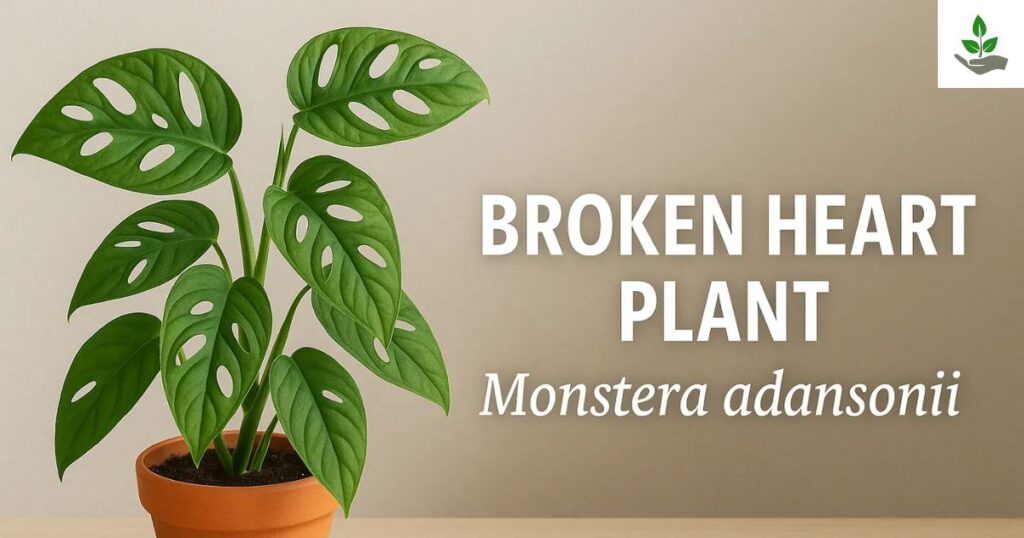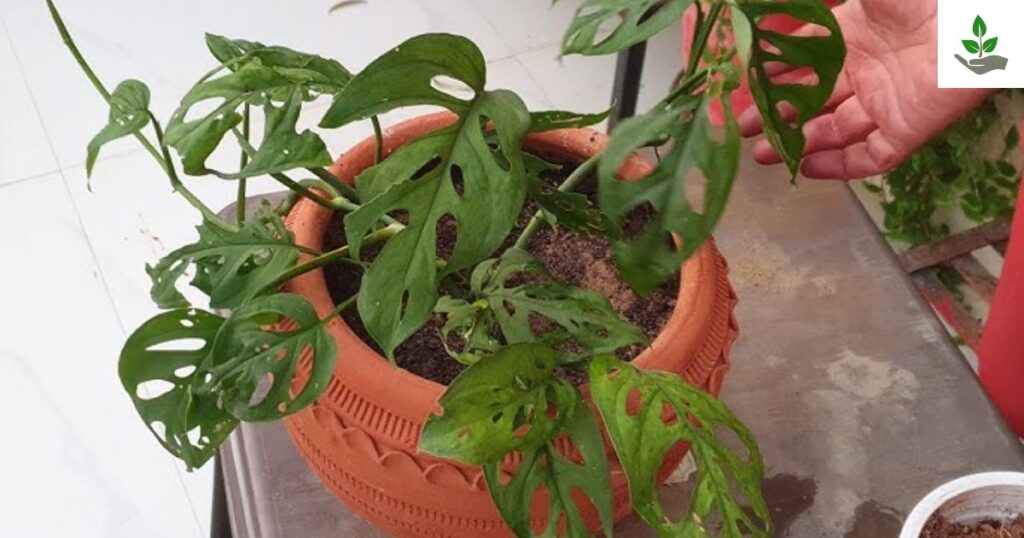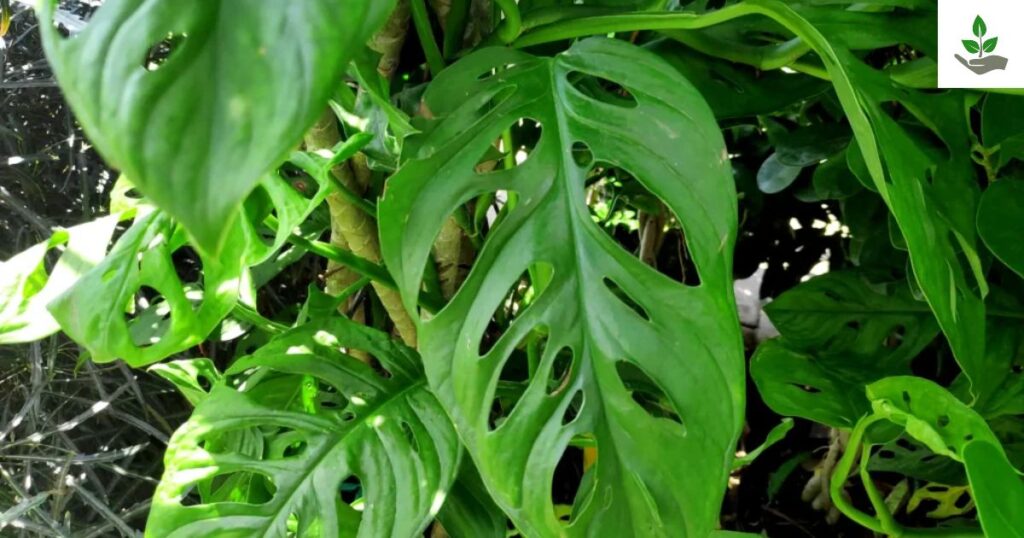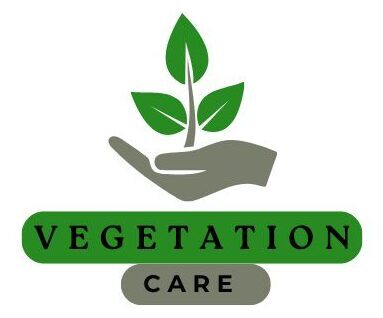Broken Heart Plant Care, Benefits, Planting And Growing
The Broken Heart Plant, with its striking foliage and unique name, can thrive in even the most challenging indoor environments. This fascinating houseplant not only adds a touch of beauty to your space but also offers a range of benefits for your well-being.
Essential care tips, the advantages of having a Broken Heart Plant in your home, and step by step guidance on planting and growing it successfully. Whether you’re a seasoned plant enthusiast or a beginner, you’ll find valuable insights to help your green companion flourish.
What Is A Broken Heart Plant?
The Broken Heart Plant scientifically known as Dicentra spectabilis, enchants plant lovers with its unique heart-shaped flowers that dangle like delicate pendants from arching stems. Often referred to as “bleeding heart, ” this perennial thrives in shaded gardens, bringing an air of romance and nostalgia to any landscape. Its striking pink and white blooms are a reminder of love’s beauty and fragility, making it a perfect metaphor for the human experience.

Broken Heart Plant Planting And Growing
- Choose a location with partial shade or filtered sunlight
- Prepare soil that is rich, well-draining, and slightly acidic to neutral
- Plant in early spring or fall for best establishment
- Space plants about 12-18 inches apart to allow room for growth
- Dig a hole twice as wide and as deep as the root ball
- Place the plant in the hole, ensuring the crown is level with soil surface
- Backfill with soil and gently firm around roots
- Water thoroughly after planting
- Mulch around the base to retain moisture and regulate soil temperature
- Expect growth of about 2-3 feet tall and wide in one growing season
- Plant can spread via underground rhizomes over time
- Flowering occurs in spring with heart-shaped pink or white blossoms
- Prune after flowering to encourage new growth and shape
Broken Heart Plant Care
Caring for a Broken Heart Plant transcends more watering and sunlight; it is about fostering an emotional connection with this unique succulent. This plant thrives in bright, indirect light, but what many don’t realize is that it can also adapt to lower light conditions, making it a perfect companion for those with less than-ideal indoor environments.

While it can endure dimmer settings, too much shade can hinder its growth and vibrancy. Watering this plant requires a delicate balance: let the soil dry out completely between waterings to avoid root rot.
Broken Heart Plant Benefits And Uses
- Adds ornamental value with its unique heart-shaped, colorful flowers
- Attracts pollinators like bees and hummingbirds to the garden
- Used in floral arrangements and bouquets for its distinctive appearance
- Enhances garden aesthetics with its delicate, arching stems and foliage
- Serves as a shade-loving perennial in garden landscaping
- Symbolizes love and compassion, often used in symbolic or themed gardens
- Can be grown as a cut flower for indoor decoration
- Provides early spring color when many other plants are not yet blooming
- Contributes to biodiversity by supporting pollinator populations
Broken Heart Plant Tips

- Plant in partial shade for best flower production
- Use well-draining, fertile soil to prevent root rot
- Keep soil consistently moist but not waterlogged
- Mulch to maintain soil moisture and regulate temperature
- Avoid planting in full, harsh sun which can scorch leaves
- Divide clumps every few years to encourage healthy growth
- Remove spent flowers to promote longer blooming period
- Cut back foliage after it yellows and dies back in late summer
- Watch for pests like aphids and slugs and manage promptly
- Provide protection from strong winds to prevent stem damage
I prefer you to Check our other post: Kwanzan Cherry Tree Essential Guide to Growing & Care
Conclusion
The Broken Heart Plant is not only a stunning addition to your home but also a low-maintenance choice for both novice and experienced plant enthusiasts. With its unique heart-shaped leaves and vibrant colors, it can brighten any space while offering numerous benefits, Improved air quality and a boost to your mood.
Proper care, including adequate watering and the right amount of sunlight, will ensure that your plant thrives and remains healthy. Remember to check for pests regularly and report when necessary to promote growth.
FAQs
Why is it called the “Broken Heart Plant”?
The plant gets its nickname from the natural holes or splits in its leaves, which resemble the shape of a “broken heart.” This unique feature is a natural adaptation for wind and rain in its native jungle habitat.
Is the Broken Heart Plant the same as Monstera deliciosa?
While both are part of the Monstera genus, Monstera adansonii (Broken Heart Plant) has smaller, more delicate leaves with more defined holes. Monstera deliciosa has larger, more split (fenestrated) leaves.
How much light does the Broken Heart Plant need?
Bright, indirect light is ideal. Too much direct sunlight can scorch the leaves, while too little light can cause leggy growth and fewer holes in the leaves.
How often should I water it?
Water when the top 1 2 inches of soil feel dry. Overwatering can cause root rot, so it’s better to err on the side of underwatering.
Does it need high humidity?
The Broken Heart Plant thrives in high humidity. You can mist it regularly, use a humidifier, or place it in a naturally humid area like a bathroom (with natural light).
Thanks For Reading…







